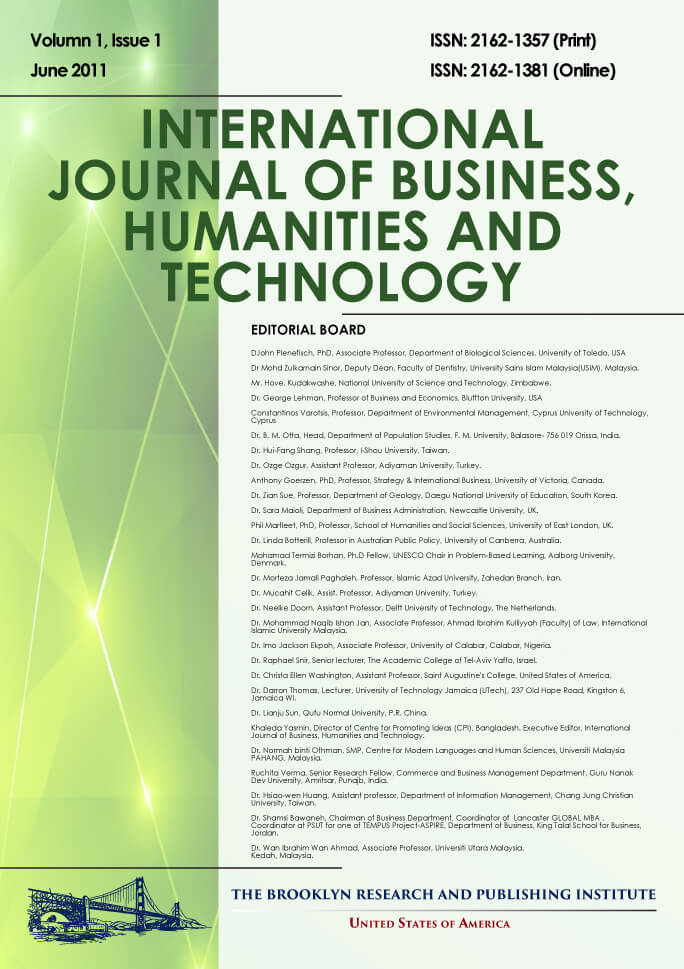Mamluk Architecture and its Related Arts as Evidence for State Stability and Administration in Egypt and Syria
Dr. Moain Sadeq
Abstract
The Mamluk dynasty (1250-1517) succeeded to the rich heritage of the Ayyubids in Egypt and Syria. For two hundred and sixty-seven years, the Mamluks had a complex, hierarchical system, with the sultan`s own Mamluks at the top of the structure. The sultans power was supported by chief emirs and bureaucracy. Construction projects of all types and functions were sponsored by sultans, Emirs, and members of elite in Cairo, Damascus, Aleppo, Tripoli, and Jerusalem, and also in smaller towns and villages.The existing architecture of the Mamluk period in Egypt and Syria is one of the most important visual sources indicating, together with its decoration, related emblems and inscriptions, urbanism and prosperity of this period in different life aspects. Although a large number of essays have attempted to understand the architecture in the context of the Mamluk state and society, many further efforts and micro-historical and art-historical studies are still needed to explore more evidences resulted such stability and developed administration of this period. This paper will endeavor to illuminate the mamluk architecture and its related arts as evidence for the power and stability of the Mamluk dynasty and community, provide evidence for interactions between local and regional builders and artisans, and how architecture provides new visual data on the dynasty ruling system in Egypt and Syria.
Full Text: PDF


